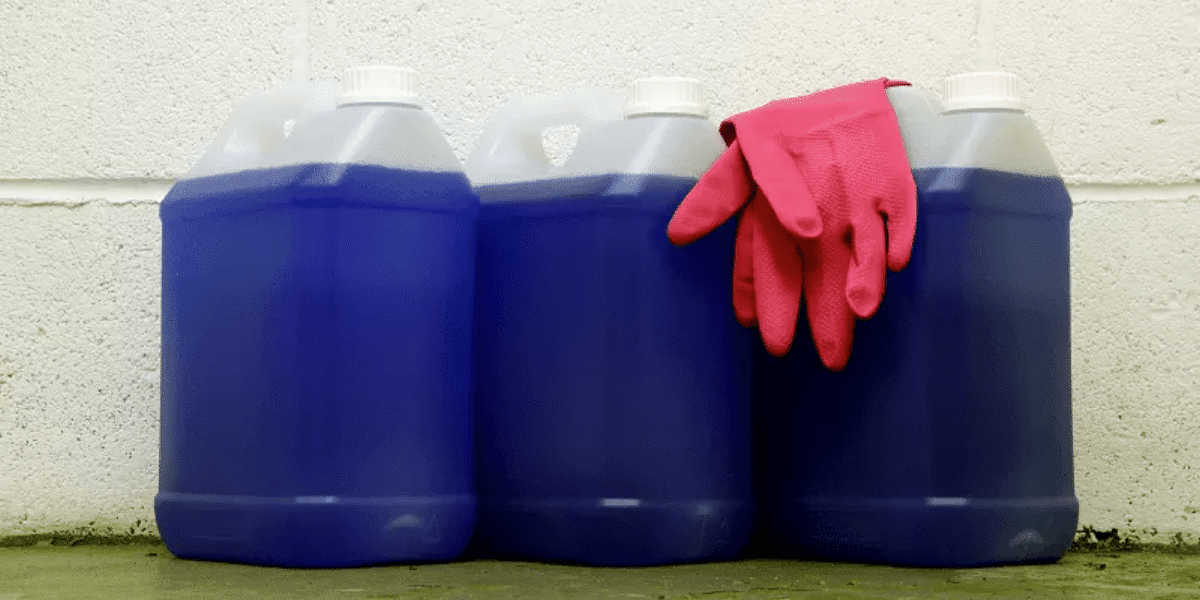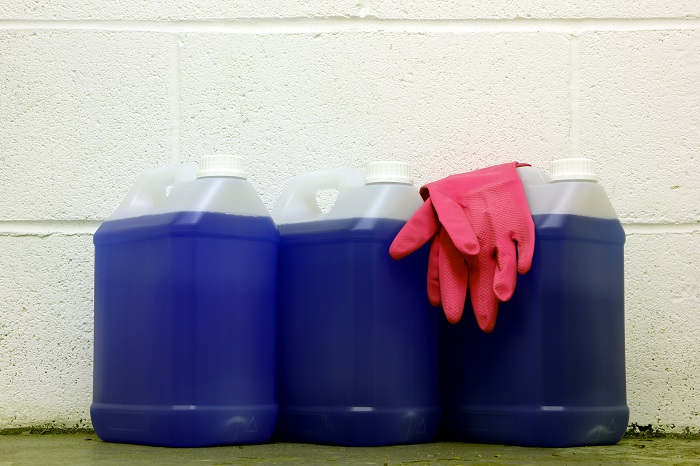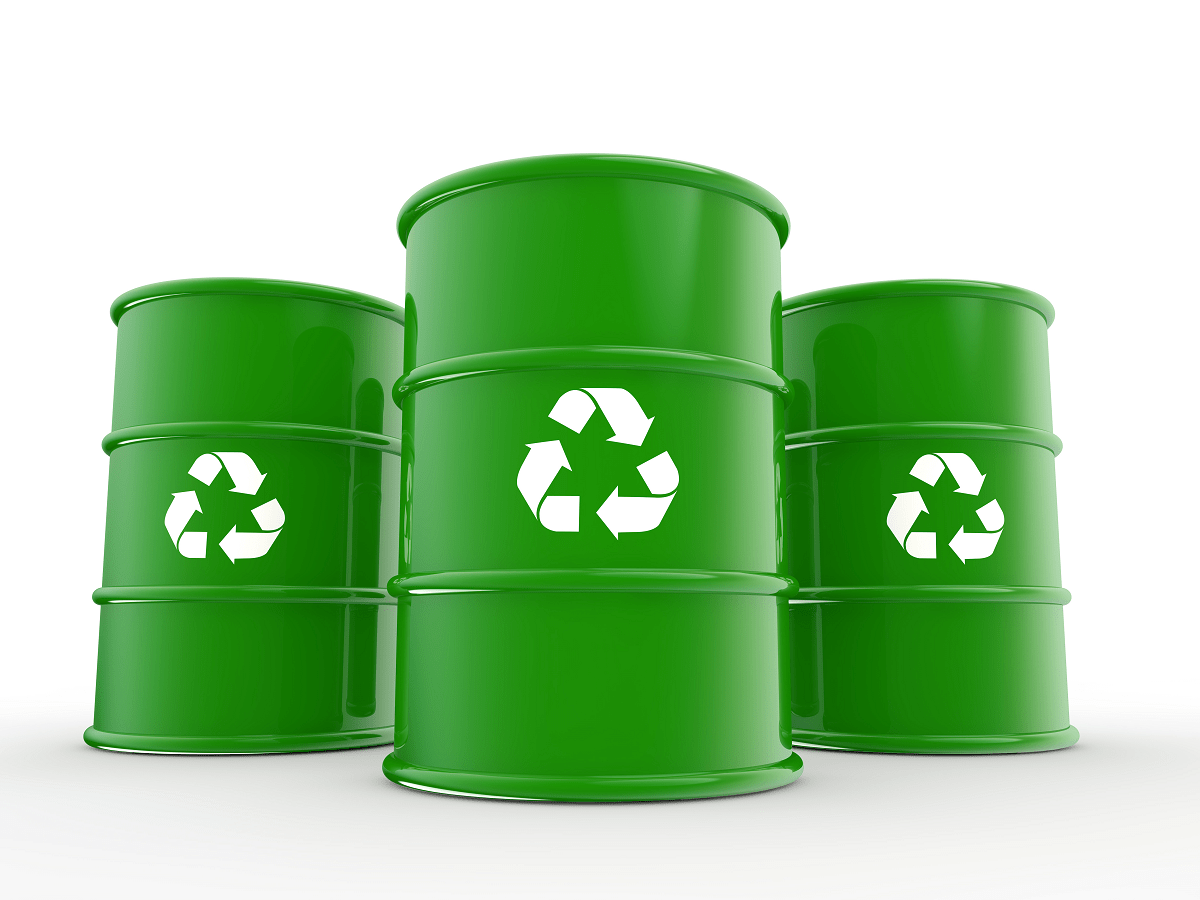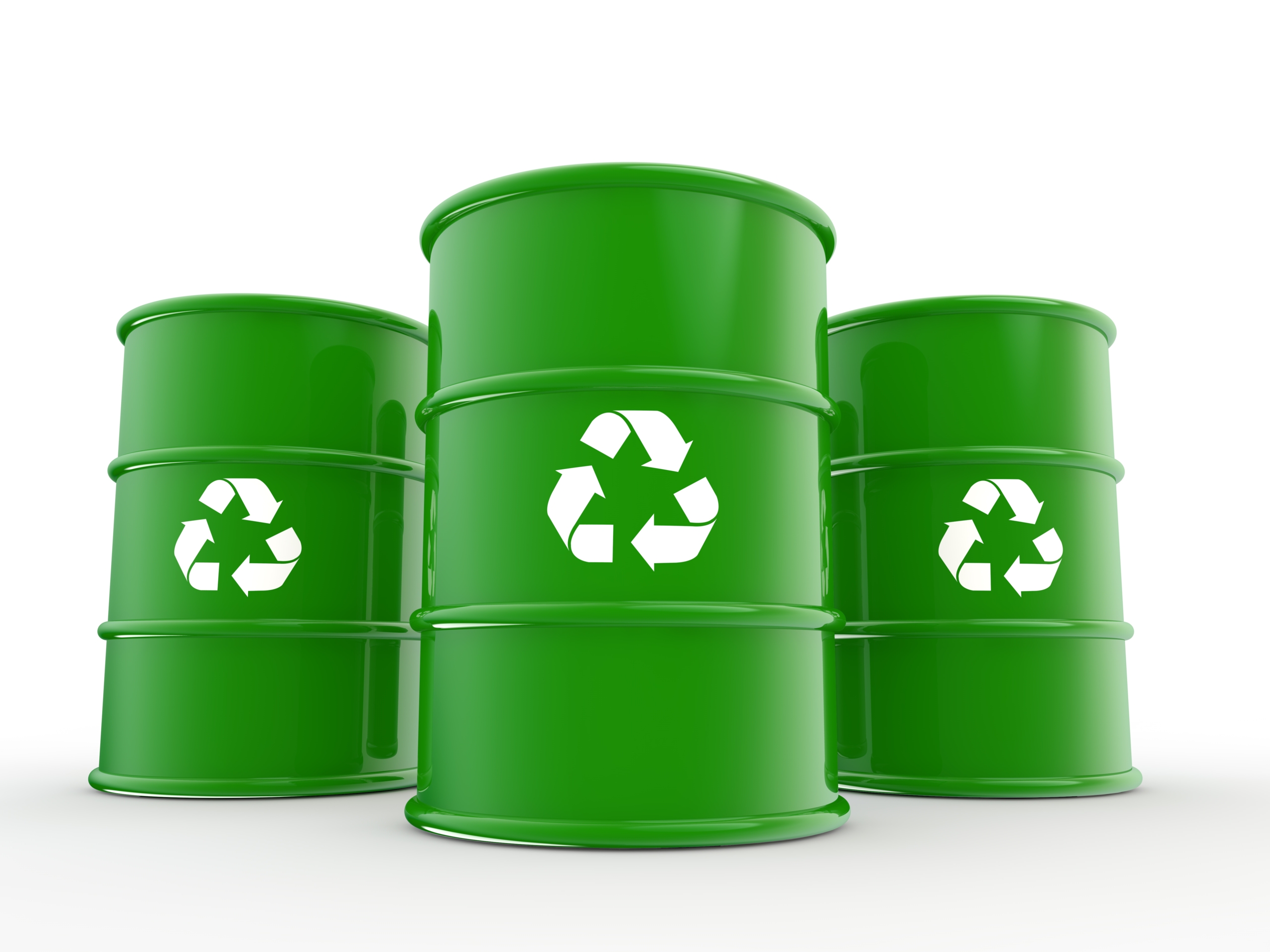The push for companies to use eco-friendly products has reached manufacturers of industrial cleaning solutions and the businesses that use them, as...
Blog


CHEMICAL INDUSTRY NEWS
Chemical Chat – Discover What’s New!
99 Alcohol By Pallet
Are you looking for 99 Alcohol by pallet or in bulk supply? 99% alcohol is a versatile solvent that is used for a variety of applications....
Bulk Lacquer Thinner
Where can you find bulk lacquer thinner? Finding bulk lacquer thinner or bulk solvents to produce lacquer thinner is easier than you think. A...
What Can Be Used In Place Of Acetone
What can be used in place of acetone? Acetone is a versatile chemical used for applications including equipment...
99 Alcohol By Pallet
Are you looking for 99 Alcohol by pallet or in bulk supply? 99% alcohol is a versatile solvent that is used for a...
Company News

Managed Services
Discover the Latest in Safe and Sustainable Chemical Solutions
Stay informed with Ecolink’s blog! Subscribe now
Chemical Management Information
Stay updated with us
Sign Up for the Latest Updates
Stay informed about chemical supply chain disruptions and emerging innovations to keep your business at the forefront of efficiency and innovation. Uncover new ways to make your business practices more sustainable by incorporating safer products into your cleaning lineup.


























